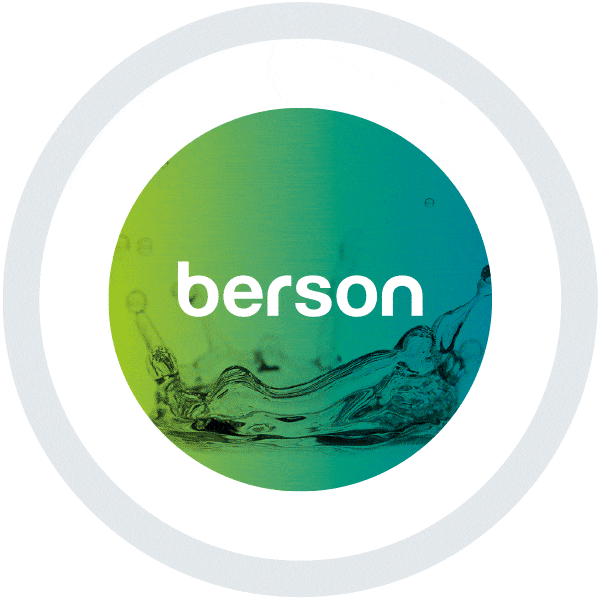Bacteria Basics: Water- and Air-borne bacteria
By Saumya Garg
Bacteria – the microscopic single celled organisms that are prevalent everywhere on earth. Amongst thousands of known bacterial species, the vast majority do not have any impact on us. The ones that cause most harm to humans are those that are either transmitted through water (water-borne) or air (air-borne). The mode of transmission of a bacterium plays a significant role in its ability to reproduce and spread infection.
Water-borne bacteria
Water related illnesses are one of the leading causes for global death and disease, killing over 3.4 million people every year. Specifically, diarrheal diseases caused 1.4 million deaths worldwide in 2016. (Source: https://www.who.int/news-room/fact-sheets/detail/the-top-10-causes-of-death)
Water-borne illnesses are transmitted by the consumption of contaminated drinking water or by swallowing contaminated water during recreational activities such as swimming. Drinking water can get contaminated either by improper water treatment practices or by leaks and breaks in the pipelines allowing sewage or environmental pathogens to enter the water supply.
The most common route for the transmission of water-borne bacteria is via the fecal-oral route, wherein, bacteria enter our water bodies by contamination from feces and/or sewage. Water-borne bacteria such as Shigella and Escherichia coli are spread by the intake of water contaminated by human feces from an infected person. Some water-borne pathogenic bacteria are also found naturally in a variety of aquatic environments. For example, the cholera causing bacterium, Vibrio cholerae, thrives in the sodium rich environment of marine and estuarine water.
Water-borne bacteria need water to survive and hence transmit effectively through it. If a droplet of contaminated water on a surface were to dry off, the bacteria in the droplet would die too.

Air-borne bacteria
Air-borne bacteria are those that are primarily carried through the air via tiny droplet nuclei or suspended dust particles. To spread infection, a person infected by air-borne pathogenic bacteria need not be in direct contact with another person. Microscopic aerosols emitted by an infected person while coughing, sneezing or even talking can release these bacteria into the surrounding environment which can then drift through the circulating air to infect other people. Some of the serious human illnesses caused by air-borne bacteria include tuberculosis, bacterial meningitis, diphtheria etc.
Since the bacteria can survive suspended in air, infection can be spread for longer periods of time through a room, or a hospital ward. Hospital and building HVAC systems are notorious for spreading air-borne diseases. Several transmission studies have concluded that community hotspots for air-borne disease spread include closed environments, such as schools and places of religious congregation, where people are exposed to the same circulating air for a long period of time.
There are several factors that impact mode of transmission of bacteria, such as cell size, spore forming capability, virulence, etc. Besides the ability to survive, there is no hard rule that spells out why a bacterium might transmit through water or air. It has however been observed that a vast majority of water-borne bacteria impact the digestive tract, whereas, air-borne bacteria mostly cause respiratory illnesses.





 沪公网安备 31011202013557号
沪公网安备 31011202013557号